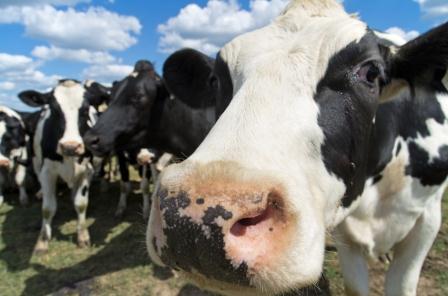Hypersensitivity to foods and food ingredients is recognised today as a significant health problem. The main foods and food ingredients that are known to cause hypersensitivity are: crustacea, fish, eggs, peanuts, tree nuts, soybeans, milk, cereals containing gluten and the products of these, and sulphite.
The cereals containing gluten are wheat, barley, rye, oats, and spelt or their hybridised strains. Ingestion of gluten in genetically susceptible individuals may result in an inflammatory disease of the small intestine, known as coeliac disease or gluten intolerance.
The codex Alimentarius Commission adopted in 1981 a Standard for foods, which have been specially prepared to meet the dietary needs of persons intolerant to gluten. This Codex Standard for Gluten-Free Foods” (Codex Stan 118-1981) specifies that the nitrogen content of food ingredients derived from gluten containing cereals may not exceed 0,05 g per 100 g on dry basis (or 0,31 % protein/ds, Nx6,25), when they are used in gluten-free food.
With the aim to redefine this limit value in terms of maximum gluten content in the final gluten-free food, a revision of the Codex Standard was started in 1993. No consensus could be reached however, due mainly to the lack of science based data on tolerance levels of gluten for coeliac people, and of a reliable method for determination of gluten. The Codex Executive Committee decided in its 49th Session in September 2001 to put the revision process on hold until the scientific basis with relation to these points is clarified.
In the interest of all parties involved, a consensus should be reached as soon as possible within Codex Alimentarius on a maximum level of gluten in gluten-free foods. The European Cereal Starch Industry (AAC) believes that a limit of maximum 200 ppm gluten/ds is justified for wheat starch for use in gluten-free foods. Together with the Codex requirements for mandatory labelling of pre-packaged foods containing substances that may cause hypersensitivity, it will allow coeliac people to make a considered and reliable choice of foodstuffs that are safe for consumption.
Wheat starch in general complies with the specification in the actual Codex Standard for Gluten-Free Foods of maximum 0,05 % N/ds. The AAC is confident that a substantial part of the wheat starch produced will comply also with a maximum gluten content of 200 ppm/ds for gluten-free foods.
The members of the AAC therefore are committed to provide a guarantee of maximum 200 ppm gluten/ds for wheat starch for use in gluten-free foods, as soon as a reliable and generally accepted method will be available for the determination of gluten.
In the meantime, the value of 0,05 % N/ds (or 0,31 % protein, Nx6,25) as defined in the actual Codex Standard is retained as the limit value for wheat starch for use in the production of gluten-free foods.

